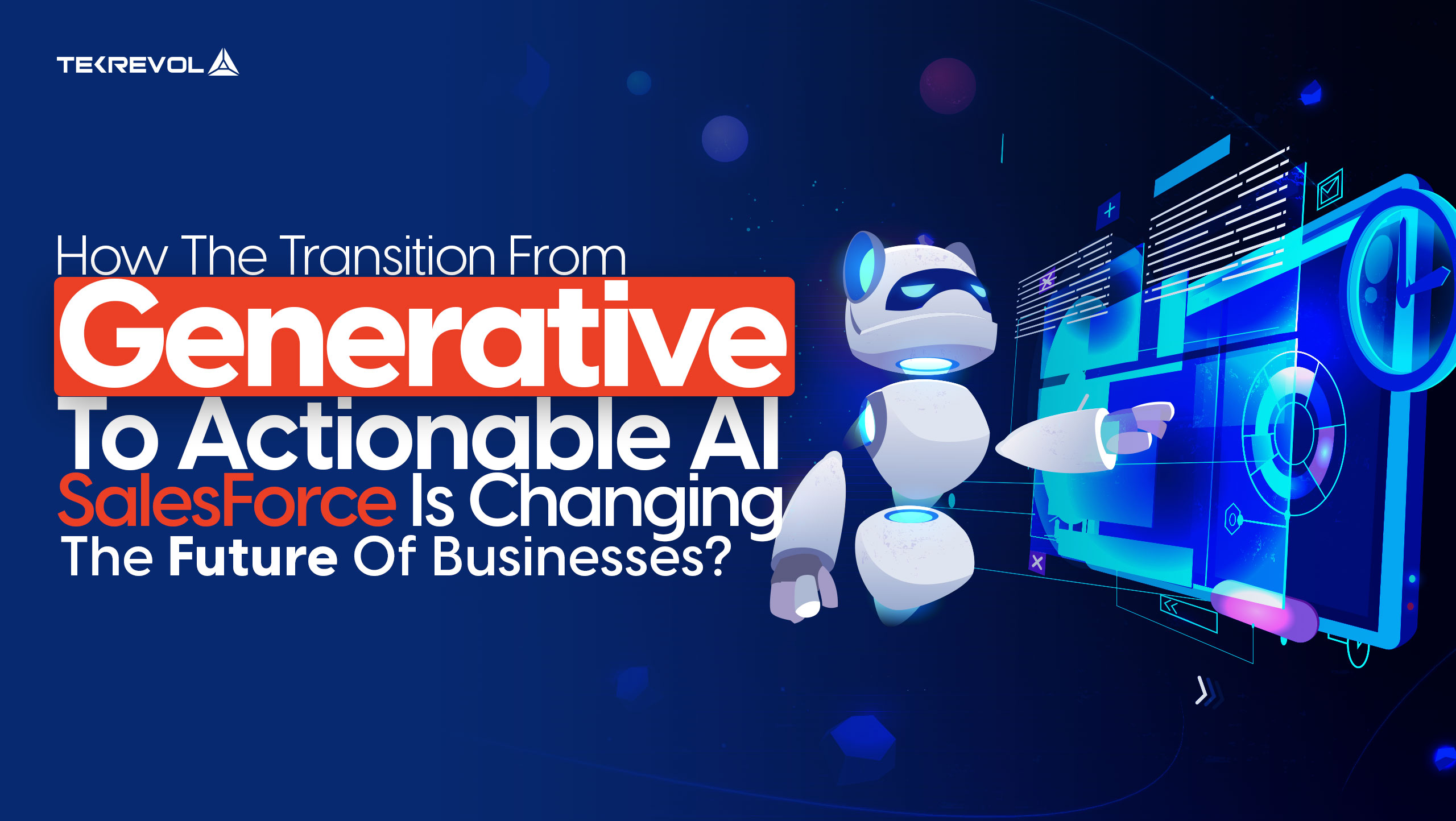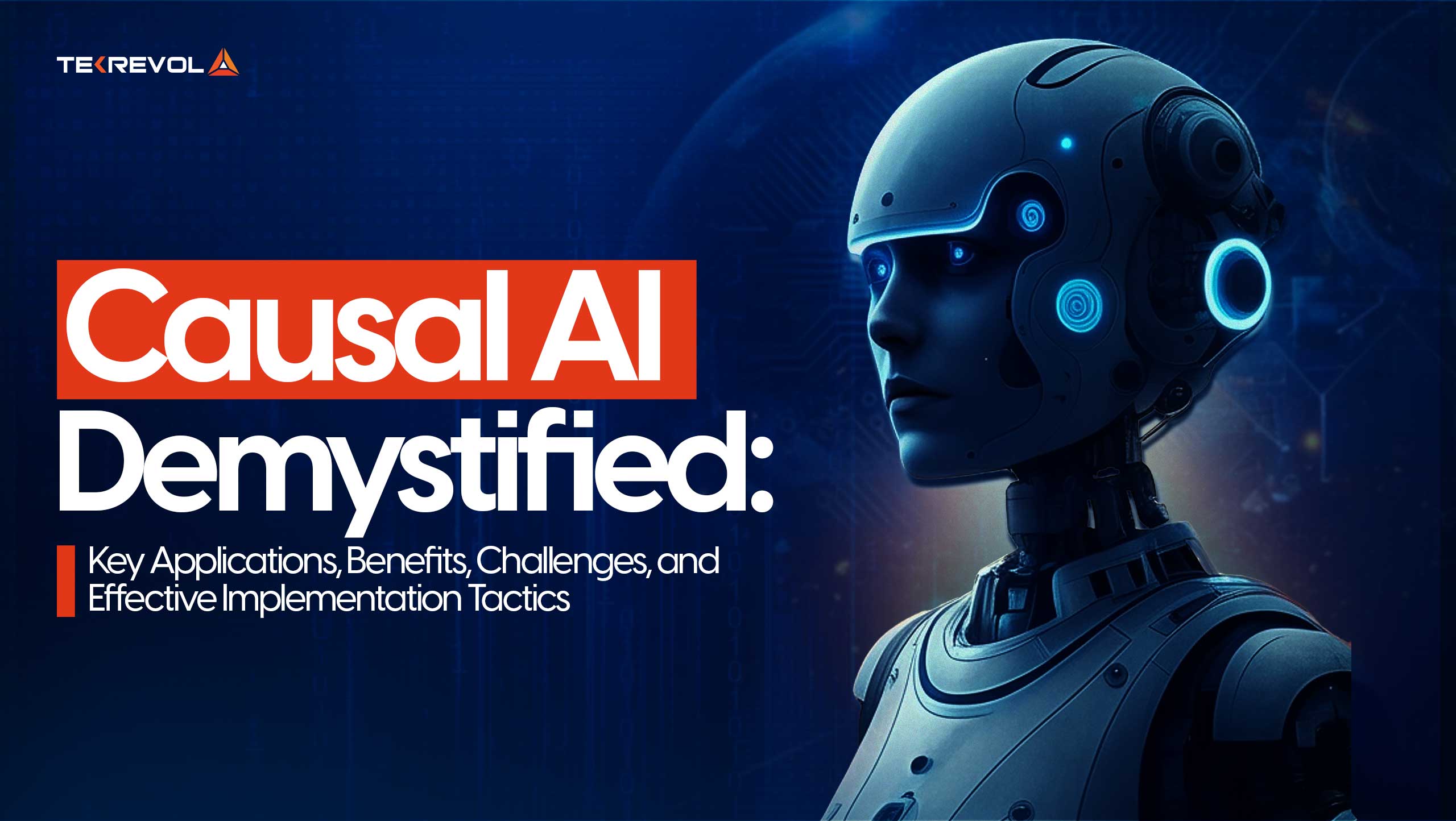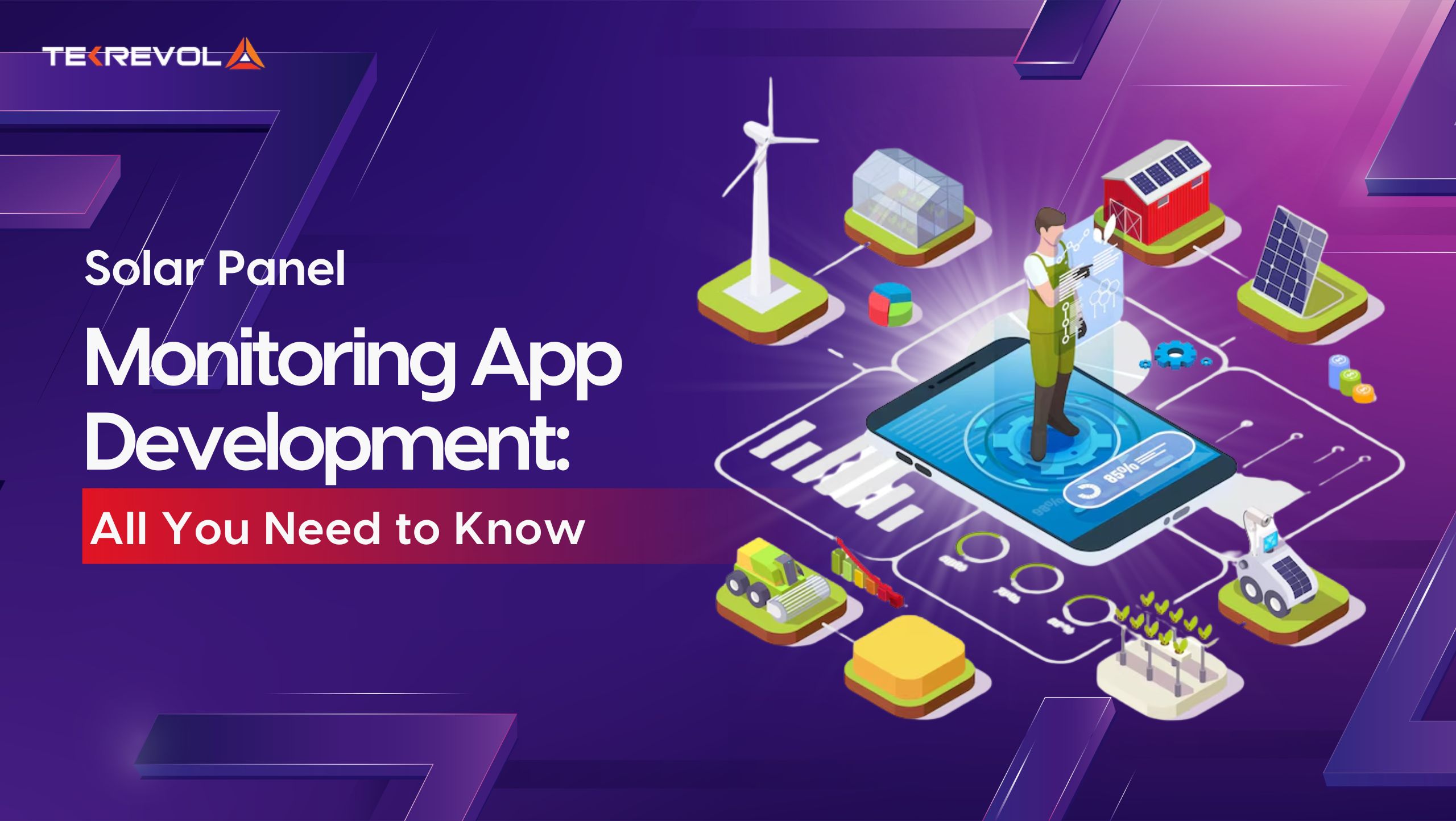The application of Artificial Intelligence (AI) in human resource departments has been revolutionizing every aspect of the industry.
A job vacancy in any significant organization usually means going through hundreds of applications before you actually find the 10 percent of relevant profiles. The impact of artificial intelligence on human resource management is far more prominent to witness.
Let’s imagine the time when all companies would place a job advertisement in newspapers and get ready for the flood of applications that would take them no less than a week to sift through. However, thanks to the digital implementation of AI in human resources this extremely time-consuming process can now be taken over by AI-supported systems that can successfully pick out few best matching profiles according to your requirements from a stack of applications.
This is just one example of how companies are using AI in HR. In contrast, the impact of AI on HR is reshaping every aspect of an organization, including human resource management. Application of AI in human resource functions like onboarding, feedback, performance review, training, and retention, has immensely improved the effectiveness and efficiency of organizations.
It has also helped reduce the time spent on administrative tasks while allowing more focus and energy on mentoring and motivating the company employees.
However, recognizing the importance of AI in human resource management is not enough. Yes, AI is going to be game-changing for several elements of HR, but it also falls on the department to get the workforce ready for this swamp of technology.
According to Gartner, by 2022, only two years from now, every one in five employees engaged in non-routine tasks will rely on AI to get their job done. Very soon, this is going to be the reality of businesses worldwide. Hence, getting the workforce ready for the takeover of AI is the same as building a business’s competitive advantage.

Communicate applicant status
Many companies using AI in HR use ATS, Applicant Tracking Systems, to help them communicate with candidates across every recruitment stage so that they are always aware of their status. This really allows recruiters to avoid the endless calls they receive from candidates asking them about their application status. It also helps them offer a more convenient experience for the candidates as they won’t feel stuck or be indecisive.

Automate repetitive tasks
Constant physical presence is of the most common challenges faced by HR managers, which is why companies using AI in HR are increasingly turning to AI-backed HR tools to take over performing some of the routine administrative tasks.
A significant amount of time and energy is wasted on repetitive and low-value HR tasks. One example of this could be standard questions that company employees usually ask related to company policies, the do’s and don’ts, and other fundamental questions regarding appraisals and leaves. Using Al-powered tools can help with these problems by installing an electronic employee helpdesk where employees can submit their questions and receive automatic feedback.

Employee retention & people analytics.
“For years, organizations have been collecting data to gain insights to predict future behavior. HR teams have a lot of catching up to do in leveraging these people analytics — what data to track, analyze, manage, and protect. AI will play a larger role within HR to support smart people analytics in innovative ways to attract top talent.” – THE NEW AGE: ARTIFICIAL INTELLIGENCE FOR HUMAN RESOURCE OPPORTUNITIES AND FUNCTIONS
The power of big data also helps companies to track their employees’ mood and presence of mind over some time, along with their performance. There already are AI-backed tools in the market that help companies identify who might be thinking of leaving. It allows them to track employees’ activities like their browsing history, as well as emails for any given period, and that’s how these tools single out such employees and inform the management. This way, the management can get a head start and take appropriate actions as such platforms aim to strengthen companies’ retention strategies.

Learning & professional development
The application of AI in the human resource department can do a lot more than just helping out with repetitive and administrative tasks. Several AI-powered programs can be used to help your employees learn new skills and polish their knowledge. A number of companies are investing in Ai supported gaming programs that help their employees build professional skills, become more professionally intellectual, and revise and revisit their motivation and ambition.
Today, the application of AI in human resource and other organizational aspects have led to learning and development becoming more of a self-service domain, such as the short digital or online courses.
The education and HR industry are coming up with great opportunities for entrepreneurs to identify the need and deliver digital solutions. Here are three ways to streamline and reduce the cost of app development and increase your ROI.

Turn towards the human experience
With the right use, AI and automation can help improve the element of human experience for both the company, as well as the candidates, specifically if the increase in efficiency leads to improved interactions. For the best impact of AI on HR, saving time and increasing quality and productivity without forgoing meaningful interaction and relationships is the right balance for your company that will result in the best possible outcomes.
Successfully adopting AI across the organization, as well as HR, largely depends on the direction. Here are leadership skills that can help companies’ better cope with change.

Wrap up
Looking at how fast the world is adopting technologies like AI within every industry and market, it has become necessary for change leaders to understand that implementing AI-backed processes is not enough. They need to embrace the change by training people to become an AI-ready workforce. Whether it’s the human resource or another department, it is high time for organizations to identify the business problems and look for solutions by leveraging artificial intelligence, creating more cross-functional teams, and providing learning opportunities for newly developed roles.

 1946 Views
1946 Views February 21, 2019
February 21, 2019









